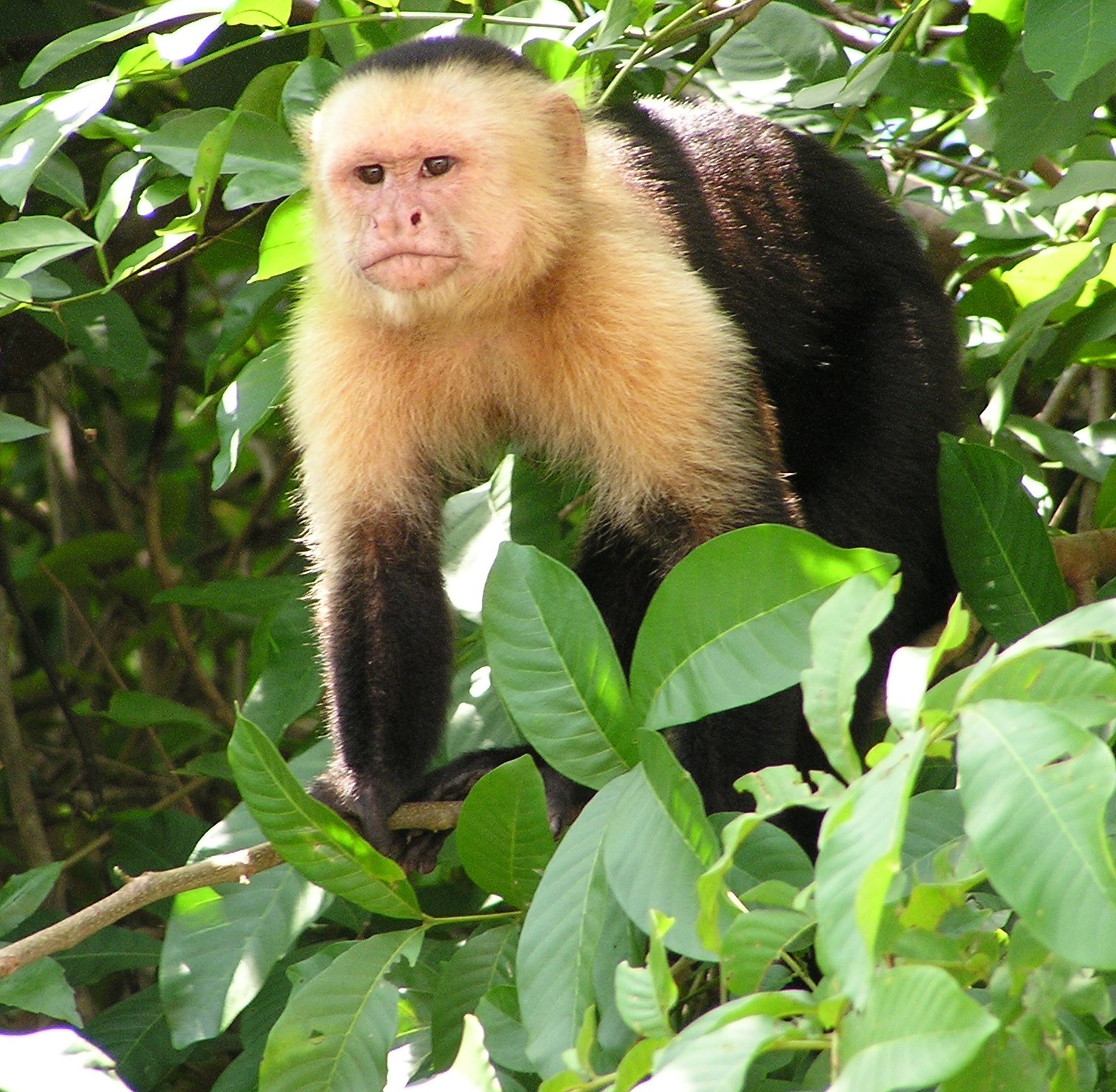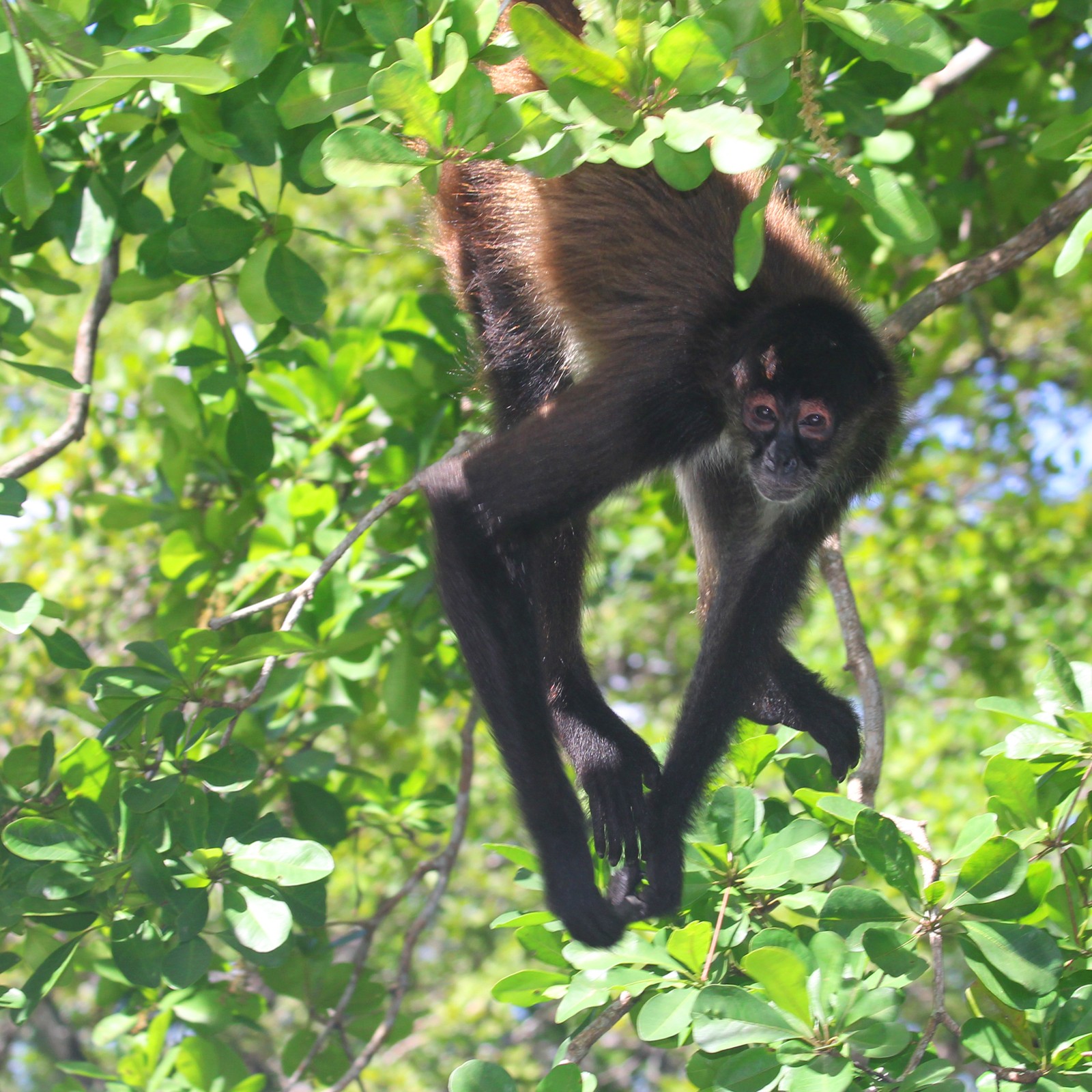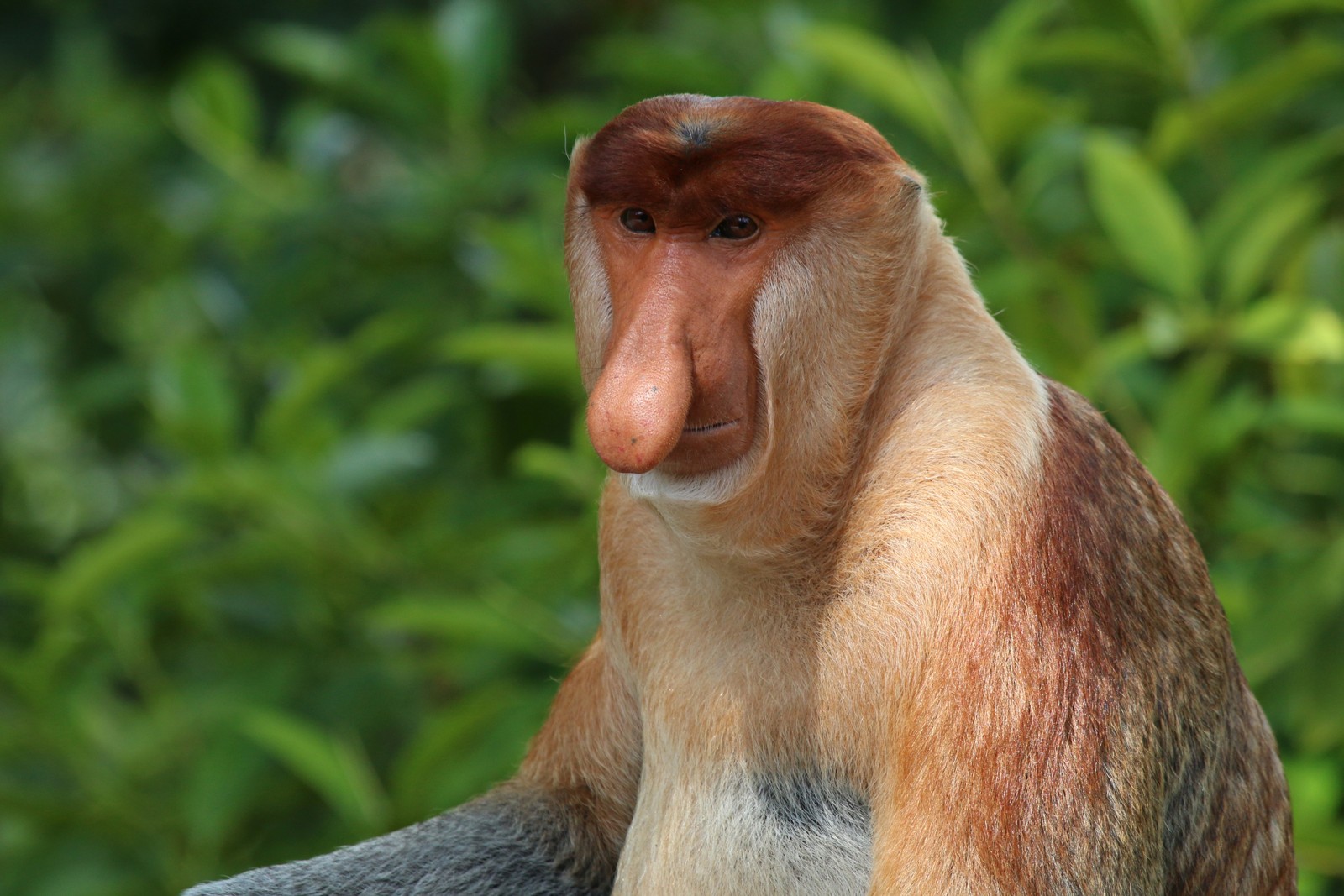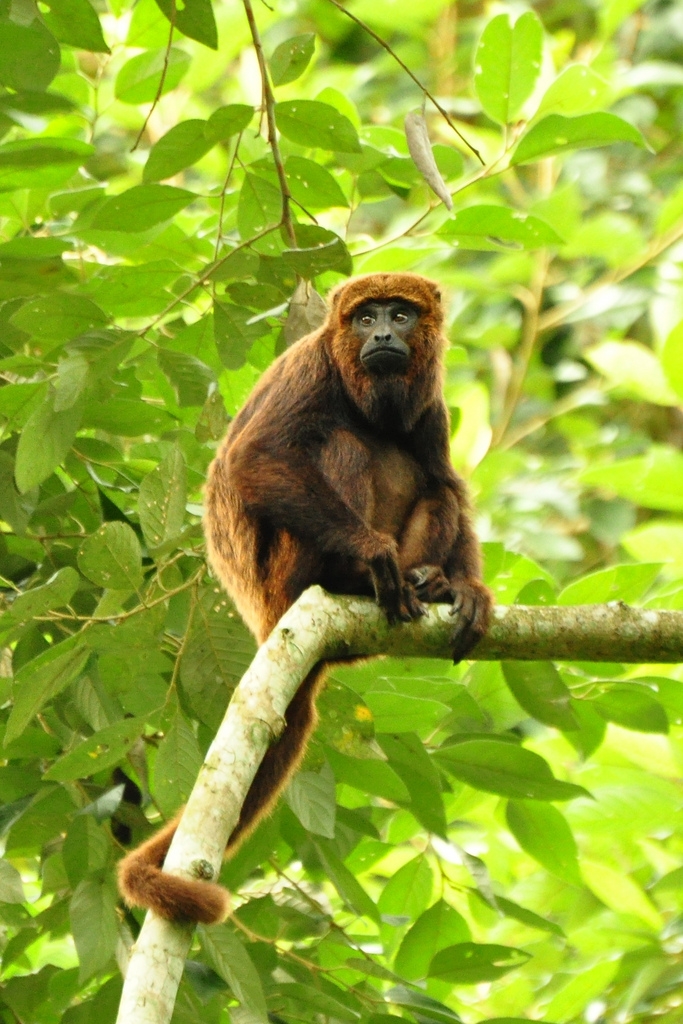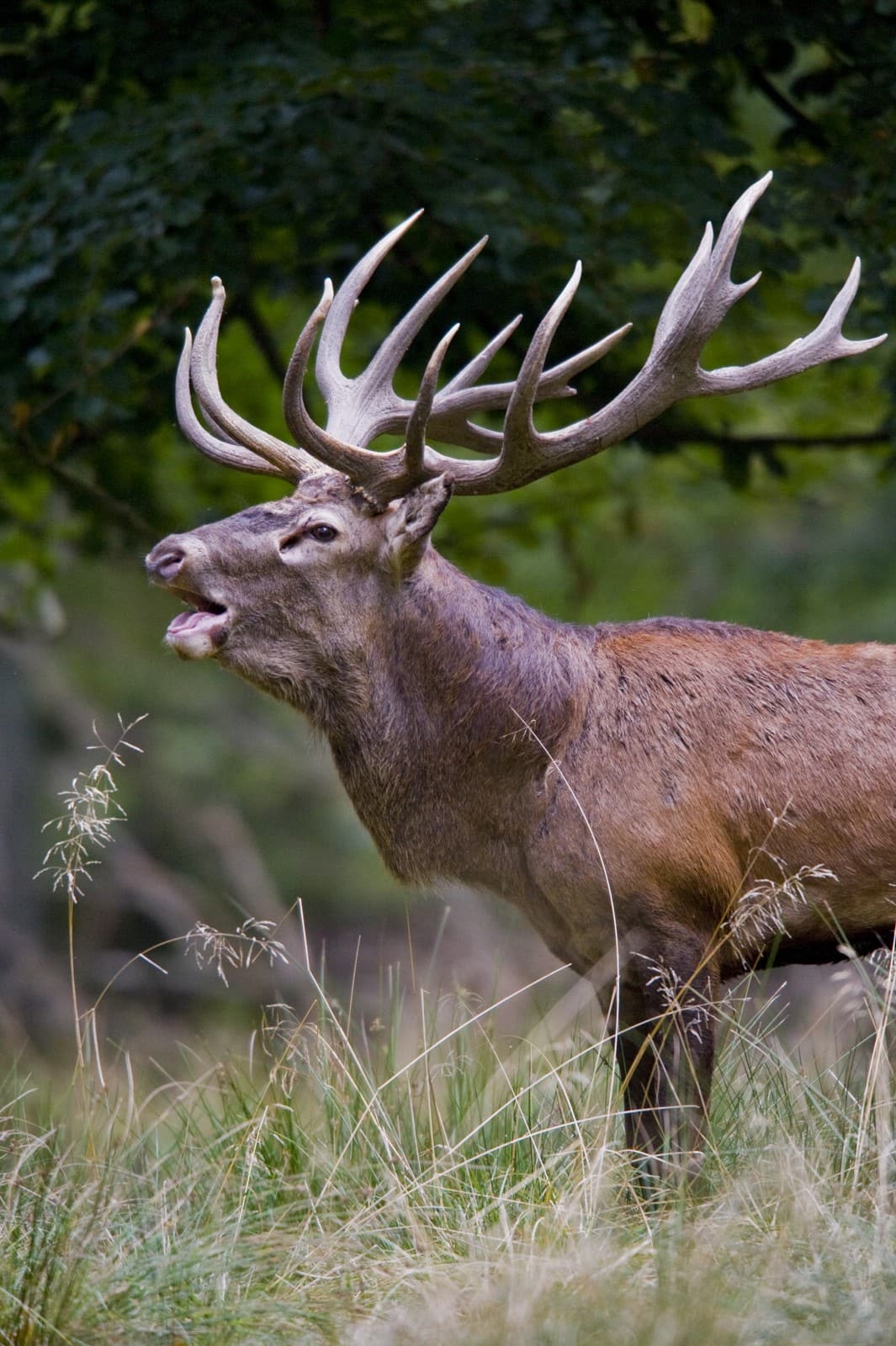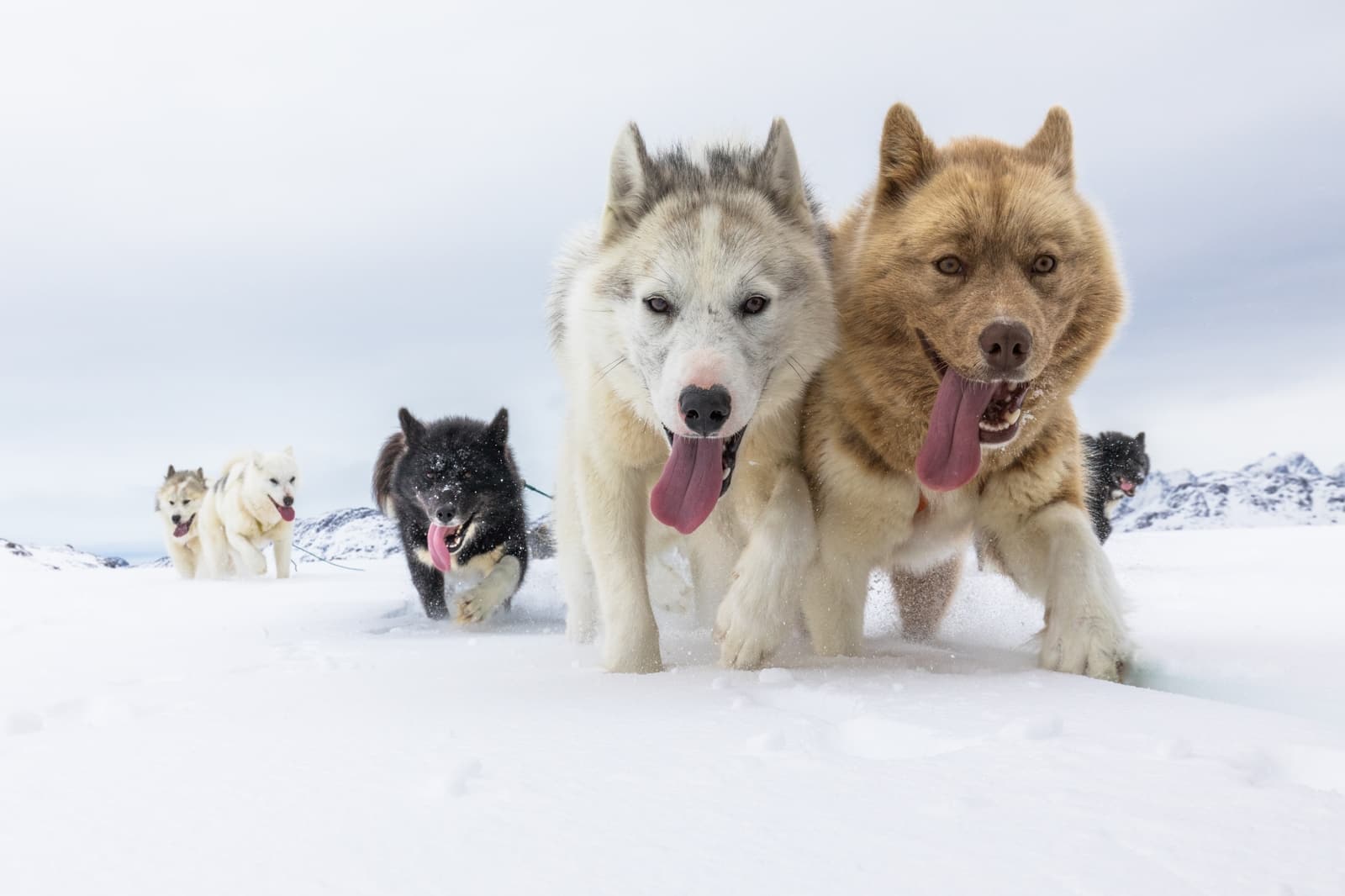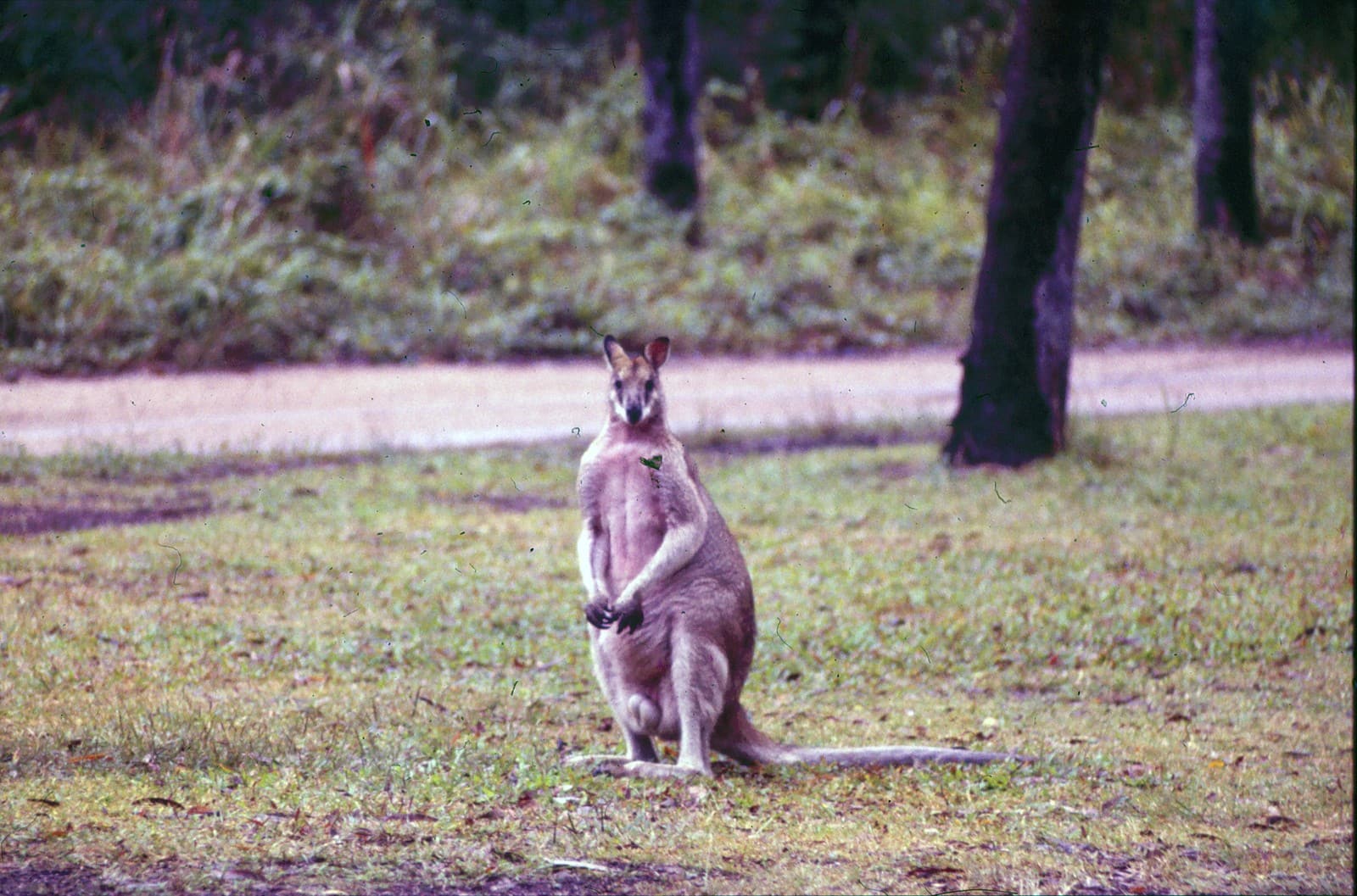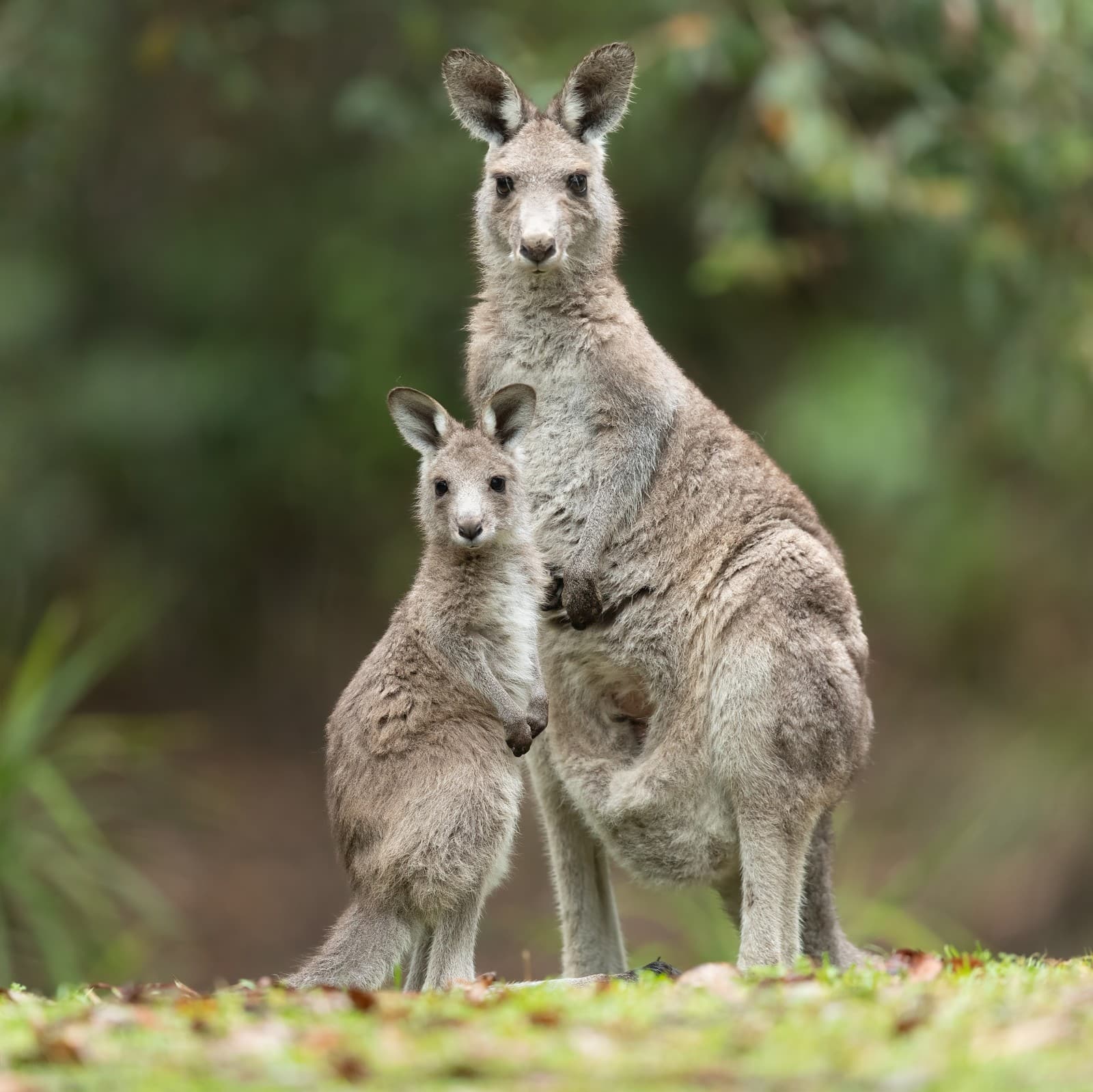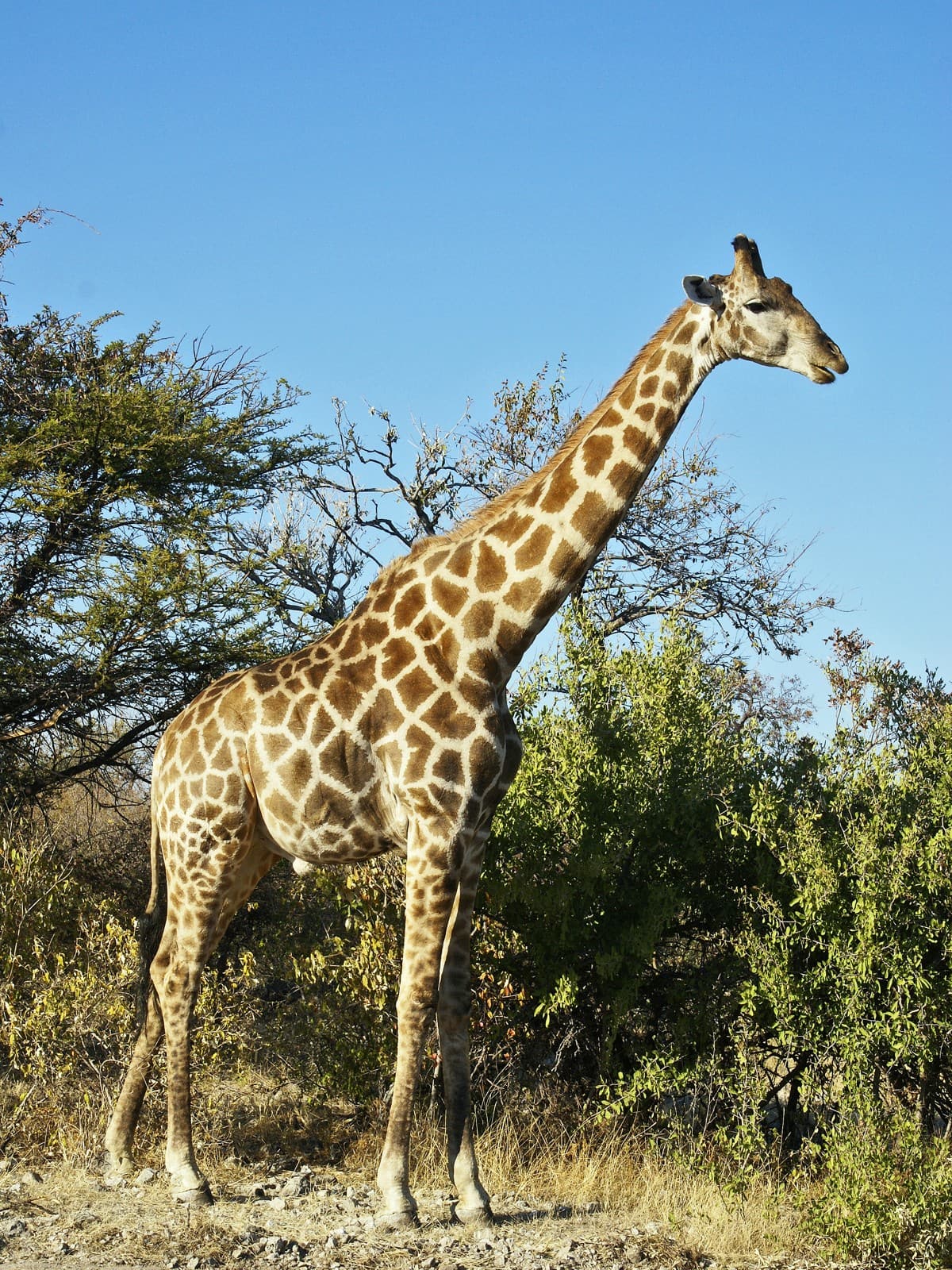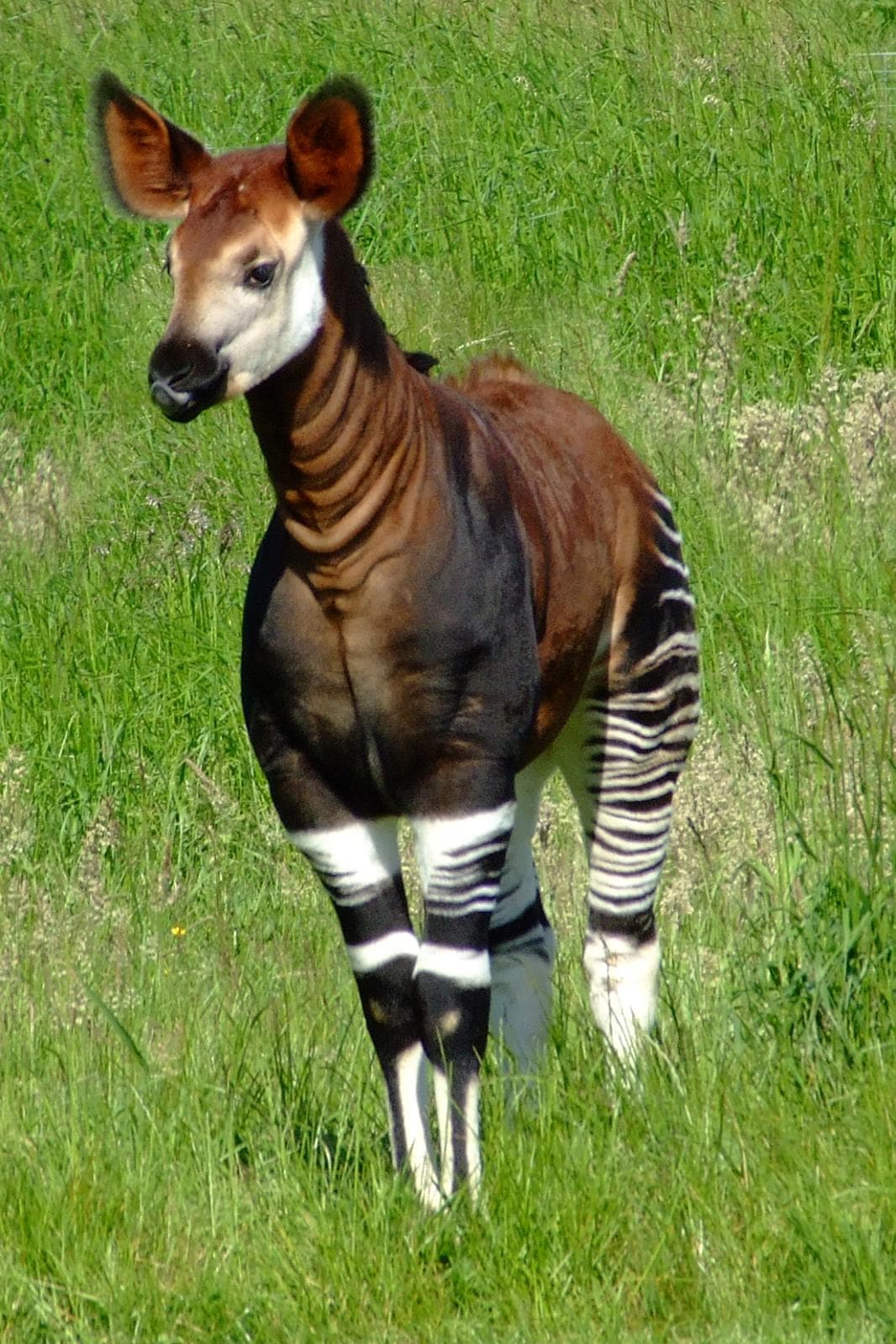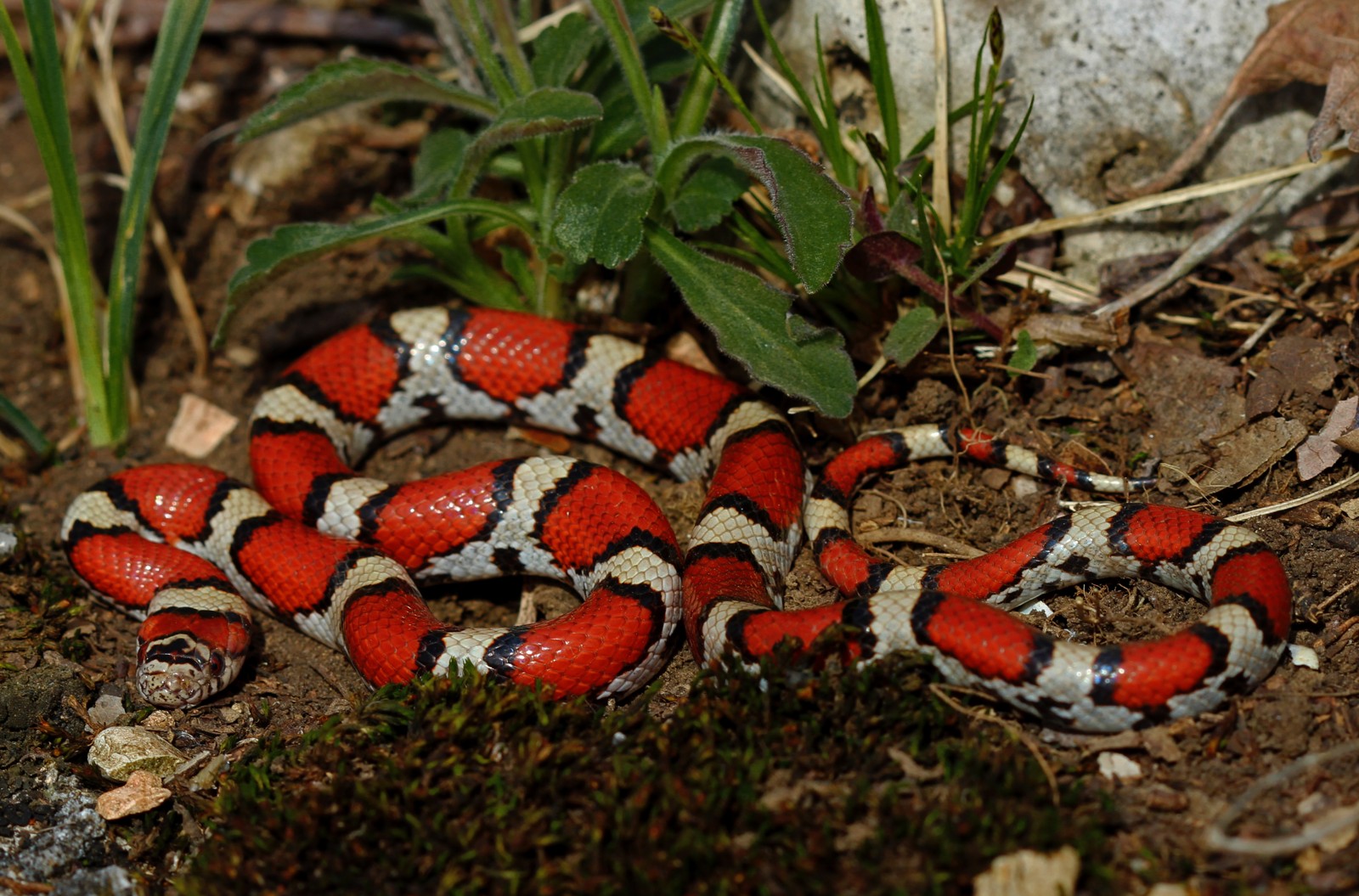Spider Monkey vs Howler Monkey: A Complete Comparison
Spider Monkeys and Howler Monkeys, while both native to the Americas, exhibit striking differences in their physical characteristics and behavior patterns. Spider Monkeys are notably more agile, weighing 13-25 pounds (6-11 kg), while Howler Monkeys are significantly heavier, reaching 15-22 pounds (7-10 kg) for females and up to 22-40 pounds (10-18 kg) for males.
The most immediate distinction between these two primates lies in their specialized adaptations. Spider Monkeys possess extraordinarily long limbs and a prehensile tail that can support their entire body weight, enabling remarkable acrobatic abilities. Howler Monkeys, conversely, are known for having the loudest call of any land animal, with vocalizations that can be heard up to 3 miles (5 kilometers) away through dense rainforest.
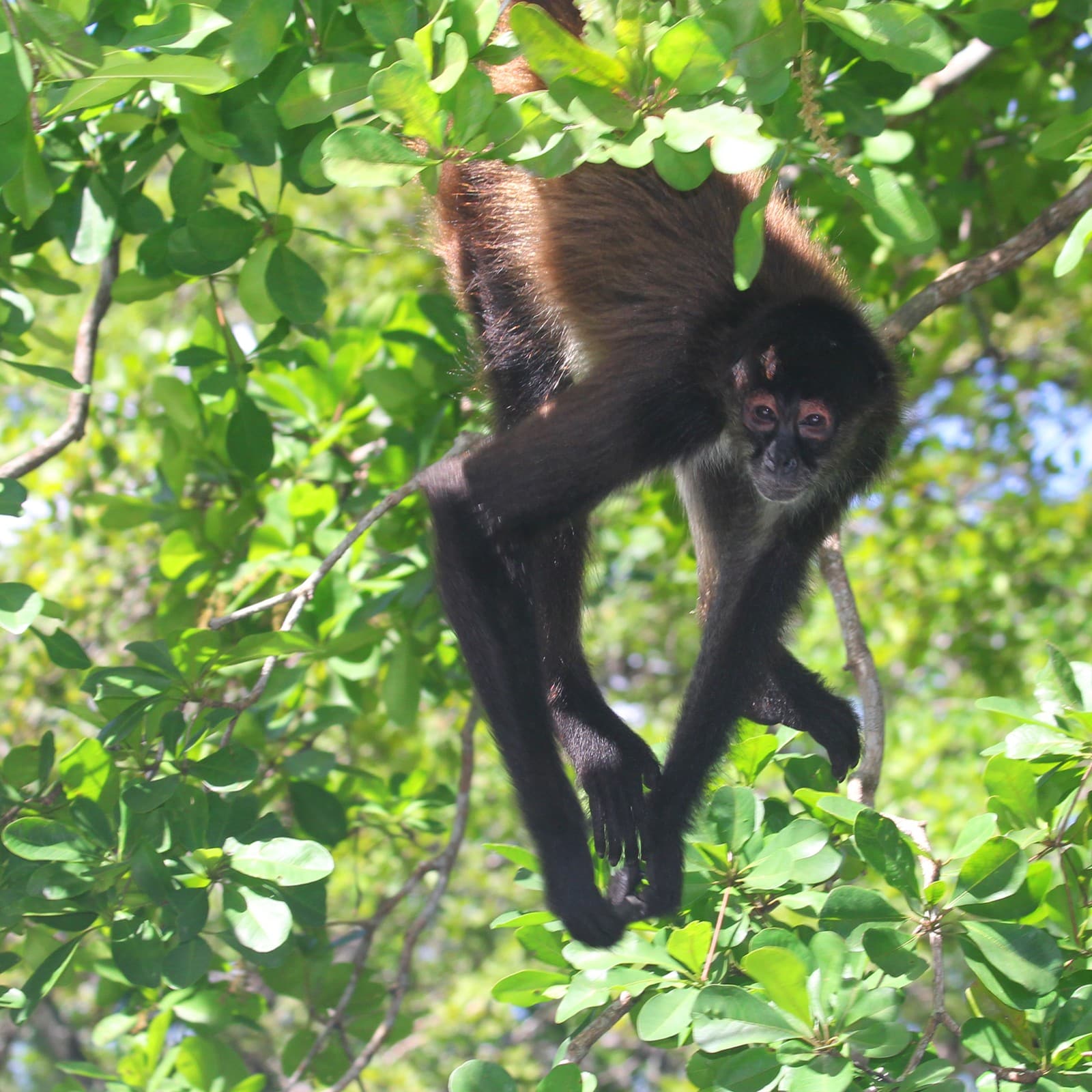
© IthakaDarinPappas / CC BY-SA 4.0
The Spider Monkey demonstrates its characteristic acrobatic prowess, using its elongated limbs and prehensile tail to navigate through the forest canopy with unmatched agility and grace.
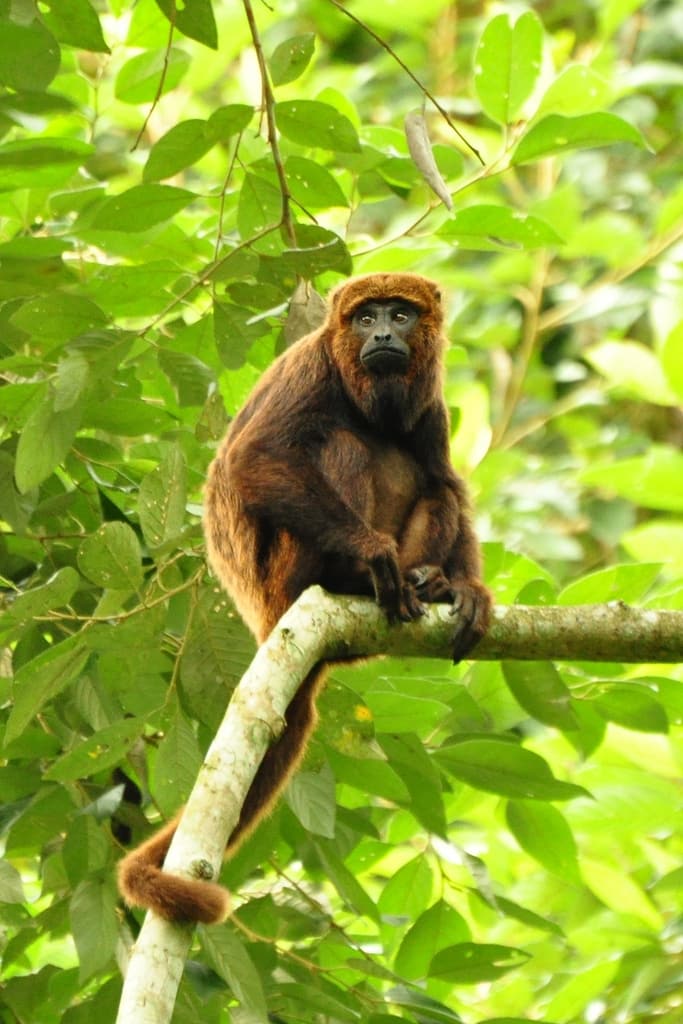
© Paulo B. Chaves / CC BY 2.0
A Howler Monkey exhibits its distinctive robust build and contemplative nature, demonstrating the more sedentary lifestyle typical of these vocal primates.
Key Differences Between Spider Monkeys and Howler Monkeys
| Feature | Spider Monkey | Howler Monkey |
|---|---|---|
| Size & Weight | 13-25 lbs (6-11 kg) | Males: 22-40 lbs (10-18 kg); Females: 15-22 lbs (7-10 kg) |
| Locomotion | Highly agile, brachiating movement | Slower, more deliberate movement |
| Diet | Primarily fruit (75-90% of diet) | Leaves (60-70% of diet) and fruit |
| Social Structure | Groups of 15-25 individuals | Smaller groups of 6-15 individuals |
| Vocalization | Soft calls and whistles | Extremely loud howls up to 140 decibels |
| Physical Features | Long, spindly limbs; reduced thumb | Enlarged hyoid bone; robust build |
Habitat and Distribution
Spider Monkeys inhabit the upper canopy of tropical rainforests from southern Mexico through Central America and into the Amazon Basin. They require large, uninterrupted tracts of primary forest to thrive. Howler Monkeys, while also found in similar regions, demonstrate greater adaptability, surviving in both primary and secondary forests, and even some urban parks.
Behavioral Differences
Movement and Agility
Spider Monkeys excel in rapid, acrobatic movement through the forest canopy, using their elongated limbs and prehensile tail for brachiating locomotion. They can cover up to 3 miles (5 kilometers) daily in search of food. Howler Monkeys, being more sedentary, typically move slower and travel shorter distances, averaging just 0.4 miles (700 meters) per day.
Social Structure and Communication
Howler Monkeys are famous for their dawn and dusk chorus, using their specialized vocal apparatus to produce thunderous calls that establish territory and maintain group cohesion. Spider Monkeys communicate through softer vocalizations, including whistles and chirps, relying more on visual signals and physical contact for social bonding.
Diet and Feeding Habits
Spider Monkeys are primarily frugivorous, with fruits comprising up to 90% of their diet. Their selective feeding habits make them crucial seed dispersers in tropical ecosystems. Howler Monkeys have evolved to process tough leaves, which constitute the majority of their diet, supplemented by fruits when available. This dietary adaptation allows them to survive in areas where high-quality fruits are scarce.
Conservation Status and Threats
Both species face significant challenges from habitat loss and fragmentation. Spider Monkeys are particularly vulnerable due to their specific habitat requirements and slower reproductive rate, with females typically giving birth every 3-4 years. Howler Monkeys show greater resilience to habitat disturbance but still face threats from hunting and the pet trade.
Who Would Win in a Confrontation?
While direct confrontations between Spider Monkeys and Howler Monkeys are rare due to different ecological niches, Howler Monkeys would likely have the advantage in a physical encounter due to their larger size and more robust build. However, both species typically avoid confrontation, preferring to maintain separate territories within the forest canopy.
Ecological Impact and Importance
Both species play crucial roles in their ecosystems, but in different ways. Spider Monkeys are essential seed dispersers, contributing to forest regeneration through their extensive daily movements and fruit-heavy diet. Howler Monkeys, while also dispersing seeds, additionally influence forest composition through their leaf-eating habits, affecting canopy structure and plant species distribution.
